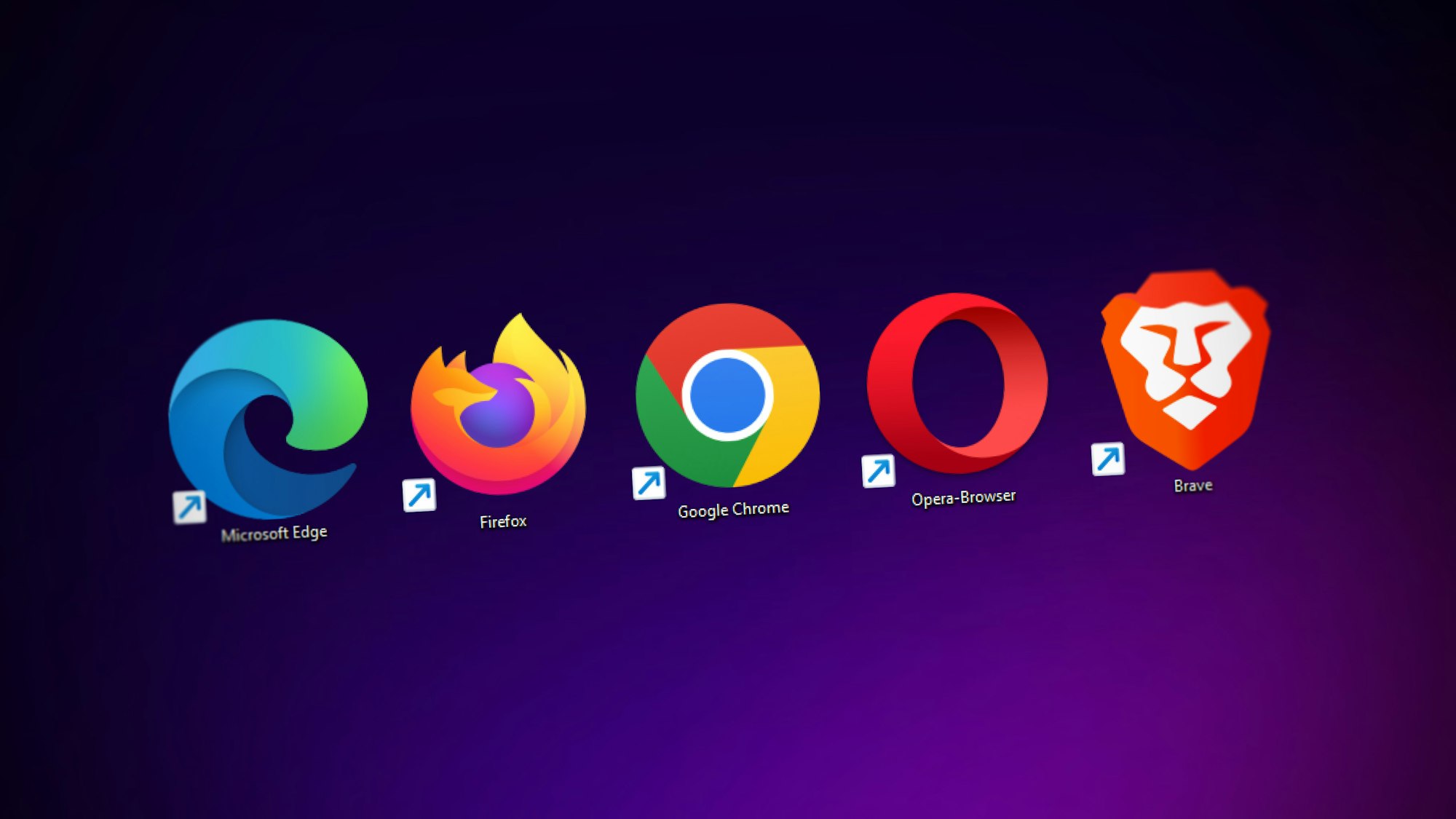The Chrome Zero-Day Crisis: 2025's Unprecedented Browser Security Challenge

An alarming surge in actively exploited Chrome vulnerabilities reveals sophisticated targeting by state-sponsored actors and the evolving threat landscape facing modern web browsers

Executive Summary
The year 2025 has marked an unprecedented escalation in browser-based cyber threats, with Google Chrome experiencing a devastating series of zero-day vulnerabilities that have been actively exploited in sophisticated attack campaigns. Four critical zero-day flaws have been discovered and patched in Chrome's V8 JavaScript engine alone, representing a dramatic shift in how threat actors are targeting the world's most popular web browser.
This surge in Chrome zero-days signals a fundamental change in the cybersecurity landscape, where nation-state actors and advanced persistent threat (APT) groups are increasingly focusing their efforts on browser exploitation to bypass traditional security measures and gain direct access to target systems.
The 2025 Chrome Zero-Day Timeline: A Year of Constant Threats
CVE-2025-2783: The Russian Espionage Campaign
The first major Chrome zero-day of 2025 emerged in March when Kaspersky researchers Boris Larin and Igor Kuznetsov discovered CVE-2025-2783, a sandbox escape vulnerability with a CVSS score of 8.3 that was being exploited in targeted attacks against Russian organizations.
The attack campaign, dubbed "Operation ForumTroll," used sophisticated phishing emails disguised as invitations to the legitimate Primakov Readings forum, targeting media outlets, educational institutions, and government organizations in Russia. The vulnerability enabled attackers to deploy the Trinper backdoor through a one-click exploit, demonstrating the increasing sophistication of browser-based attack chains.
CVE-2025-4664: Cross-Origin Data Leakage
In May 2025, another high-severity vulnerability (CVE-2025-4664) was discovered involving insufficient policy enforcement in Chrome's Loader component, allowing remote attackers to leak cross-origin data via crafted HTML pages. This flaw highlighted the ongoing challenges in maintaining proper isolation between different web origins—a fundamental security principle of modern browsers.
CVE-2025-5419: Heap Corruption Through V8
June brought CVE-2025-5419, a high-severity out-of-bounds read and write vulnerability in Chrome's V8 JavaScript engine that allowed remote attackers to trigger heap corruption via maliciously crafted HTML pages. Discovered by Clement Lecigne and Benoît Sevens of Google's Threat Analysis Group (TAG), this vulnerability marked the third Chrome zero-day to be actively exploited in 2025.
CVE-2025-6554: The Latest Type Confusion Threat
Most recently, CVE-2025-6554 was discovered by Clément Lecigne of Google's Threat Analysis Group, representing the fourth actively exploited Chrome zero-day of 2025. This type confusion vulnerability in the V8 JavaScript and WebAssembly engine allows remote attackers to perform arbitrary read/write operations via crafted HTML pages.
Technical Analysis: The V8 Engine Under Siege
Why V8 Is the Primary Target
The overwhelming focus on Chrome's V8 JavaScript engine is not coincidental. V8 serves as the heart of Chrome and other Chromium-based browsers, handling the execution of JavaScript code that powers modern web applications. Type confusion vulnerabilities in V8 can lead to browser crashes, memory corruption, and ultimately arbitrary code execution on unpatched devices.
Attack Sophistication and State-Sponsored Activity
The discovery of CVE-2025-6554 by Google's Threat Analysis Group—a team that typically investigates government-backed attacks—signals that these vulnerabilities may have been weaponized in highly targeted attacks, possibly involving nation-state actors or surveillance operations.
Kaspersky's analysis of the CVE-2025-2783 exploitation concluded that "a state-sponsored APT group is behind this attack," citing the high sophistication of the attackers and the technically advanced nature of the exploitation techniques.
The Broader Cybersecurity Implications
Shifting Attack Patterns
The concentration of zero-day exploitation in Chrome represents a strategic shift by threat actors who recognize that browsers have become the primary attack surface for accessing user data and enterprise networks. Unlike traditional malware that requires downloads or email attachments, browser exploits can be triggered simply by visiting a malicious website.
Google's Rapid Response Capabilities
Despite the concerning frequency of these discoveries, Google's response has been notably swift. For CVE-2025-6554, Google implemented mitigation measures through a configuration change pushed to the Stable channel the day after the vulnerability was reported, demonstrating the company's ability to deploy emergency fixes rapidly across its global user base.
The TAG Factor
Google's Threat Analysis Group has been instrumental in discovering multiple zero-days, with TAG researchers credited with finding and reporting several of the 2025 Chrome vulnerabilities. This internal threat hunting capability has proven crucial in identifying active exploitation before widespread damage occurs.
Industry Context: The 2025 Vulnerability Landscape
Zero-Day Trends and Statistics
While specific data varies by source, vulnerability research firm VulnCheck reported that 159 zero-days and n-days were exploited in the first quarter of 2025, translating to just over 11 per week. However, the concentration of multiple zero-days in a single browser platform within a short timeframe represents an unusual pattern that warrants significant attention.
Browser Security vs. Other Platforms
Interestingly, some research suggests that browser zero-days have been declining in recent years, with GTIG finding that browser zero-days fell from 17 in 2023 to 11 in 2024. This makes the 2025 Chrome zero-day surge even more significant, potentially indicating a renewed focus by threat actors on browser exploitation.
Attack Vectors and Exploitation Methods
Phishing and Social Engineering Integration
The Chrome zero-day attacks of 2025 have consistently been delivered through sophisticated phishing campaigns. The CVE-2025-2783 exploitation involved phishing emails disguised as invitations to legitimate conferences, with personalized targeting of specific organizations.
One-Click Exploitation
Modern browser exploits have achieved "one-click" capability, where simply clicking a malicious link triggers the vulnerability and leads to malware installation. This represents a significant evolution from earlier attack methods that required multiple user interactions.
Sandbox Escape Techniques
Advanced attackers are focusing on sandbox escape vulnerabilities that allow them to break out of the browser's security containment. This enables direct access to the underlying operating system, effectively bypassing one of the browser's primary security mechanisms.
Geographic and Sectoral Targeting Patterns
Russian Organizations Under Fire
The targeting pattern in 2025 has shown particular focus on Russian entities, with attacks targeting media outlets, educational institutions, and government organizations in Russia through the CVE-2025-2783 exploitation campaign. This geographic concentration suggests geopolitically motivated threat actors.
Cross-Border Implications
While specific attacks have targeted Russian organizations, the global nature of Chrome usage means that these vulnerabilities pose risks to organizations worldwide. The techniques developed for targeted attacks can easily be repurposed for broader campaigns.
Defensive Strategies and Mitigation Approaches
Rapid Patching Imperatives
Google's security updates for Chrome zero-days typically roll out within days of discovery, but can take weeks to reach all users. Organizations must prioritize immediate browser updates when zero-day patches are released.
Browser Security Best Practices
- Automatic Updates: Ensure Chrome auto-updating is enabled across all organizational devices
- Alternative Browsers: Consider using multiple browsers for different functions to reduce single-point-of-failure risks
- Sandboxing: Deploy additional application sandboxing solutions beyond browser-native protections
- Network Monitoring: Implement detection systems for unusual JavaScript execution patterns
Enterprise Security Considerations
Organizations should consider implementing:
- Browser isolation technologies that run web content in remote environments
- Advanced endpoint detection and response (EDR) solutions capable of detecting browser-based exploitation
- Regular security awareness training focused on identifying sophisticated phishing attempts
- Network segmentation to limit the impact of successful browser compromises
The Role of Artificial Intelligence in Browser Security
AI-Powered Attack Detection
Modern threat detection systems are increasingly leveraging artificial intelligence to identify suspicious browser behavior patterns that may indicate zero-day exploitation. This includes monitoring for unusual JavaScript execution patterns, unexpected memory access attempts, and anomalous network communications.
Machine Learning in Exploit Development
Conversely, threat actors are also leveraging AI and machine learning technologies to develop more sophisticated exploits and to identify new vulnerability classes in browser engines. This represents an ongoing arms race between defenders and attackers.
Looking Forward: Predictions for Browser Security
Increased Scrutiny of Browser Engines
The 2025 Chrome zero-day surge will likely lead to:
- Enhanced security research focus on V8 and other JavaScript engines
- Increased investment in automated vulnerability discovery tools
- More rigorous code review processes for browser engine updates
- Enhanced collaboration between browser vendors on security research
Regulatory and Compliance Implications
Organizations may face increased regulatory scrutiny regarding browser security practices, particularly in sectors handling sensitive data. This could lead to specific compliance requirements for browser update management and security monitoring.
Recommendations for Organizations
Immediate Actions
- Audit Current Browser Versions: Ensure all organizational devices are running the latest Chrome versions
- Review Update Policies: Implement automated browser update policies that don't require user intervention
- Enhanced Monitoring: Deploy monitoring solutions capable of detecting browser-based exploitation attempts
- Incident Response Planning: Update incident response plans to address browser-based attack scenarios
Strategic Initiatives
- Browser Diversity: Consider implementing a multi-browser strategy to reduce dependency on a single platform
- Zero Trust Architecture: Implement zero trust principles that don't rely solely on browser security
- Security Awareness Training: Enhance user education programs to address sophisticated phishing techniques
- Threat Intelligence Integration: Subscribe to threat intelligence feeds that provide early warning of browser-targeted campaigns
Conclusion: A Watershed Moment for Browser Security
The unprecedented series of Chrome zero-day vulnerabilities in 2025 represents a watershed moment for browser security. The fact that this marks the third (and now fourth) Chrome zero-day vulnerability to be actively exploited in 2025 underscores the ongoing and growing threat landscape facing modern web browsers.
This trend signals several critical developments:
- State-Sponsored Focus: Nation-state actors are increasingly viewing browsers as high-value targets for espionage and disruption operations
- Technical Sophistication: The complexity and stealth of these attacks demonstrate advanced capability development by threat actors
- Global Impact: While specific campaigns may target particular regions, the global nature of browser usage means these threats affect organizations worldwide
- Ecosystem Vulnerability: The concentration of attacks on a single browser platform highlights the risks of technological monocultures
The cybersecurity community must recognize that browser security is no longer just about protecting individual users—it has become a critical component of national security and enterprise resilience. As Google continues to patch these vulnerabilities rapidly, the ongoing discovery of new zero-days suggests that this is not a temporary spike but rather a new normal in the threat landscape.
Organizations that fail to prioritize browser security, implement rapid patching processes, and develop comprehensive defense strategies will find themselves increasingly vulnerable to sophisticated attacks that can bypass traditional security measures with a simple click on a malicious link.
The Chrome zero-day crisis of 2025 serves as a stark reminder that in our interconnected digital world, the security of a single application—no matter how well-designed—can have far-reaching implications for global cybersecurity. As we move forward, the lessons learned from this unprecedented series of browser vulnerabilities must inform our approach to securing the digital infrastructure that underpins modern society.
This analysis is based on publicly available security advisories and research reports. Organizations should consult with their cybersecurity teams and implement appropriate security measures based on their specific risk profiles and threat models.






